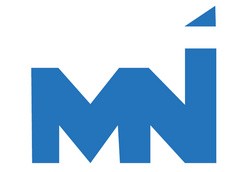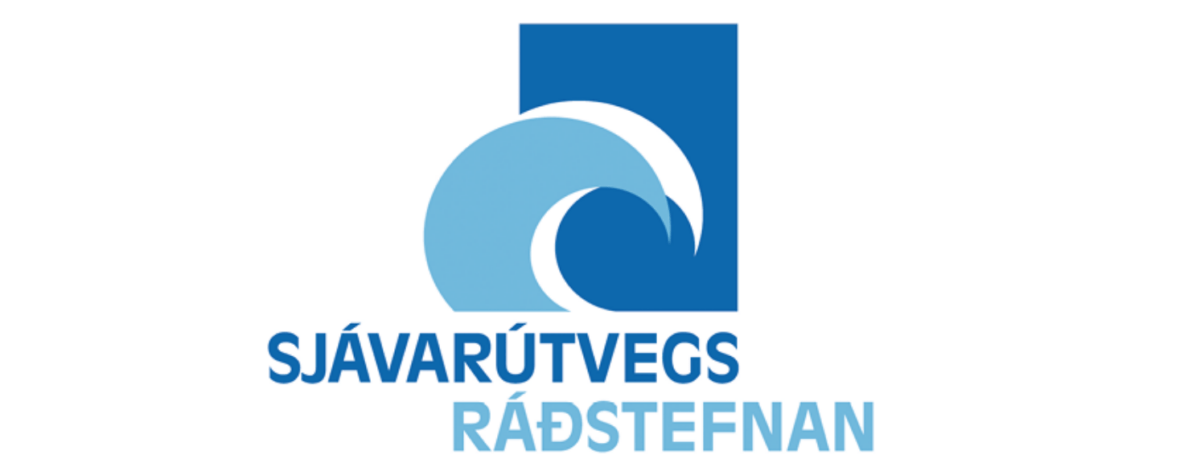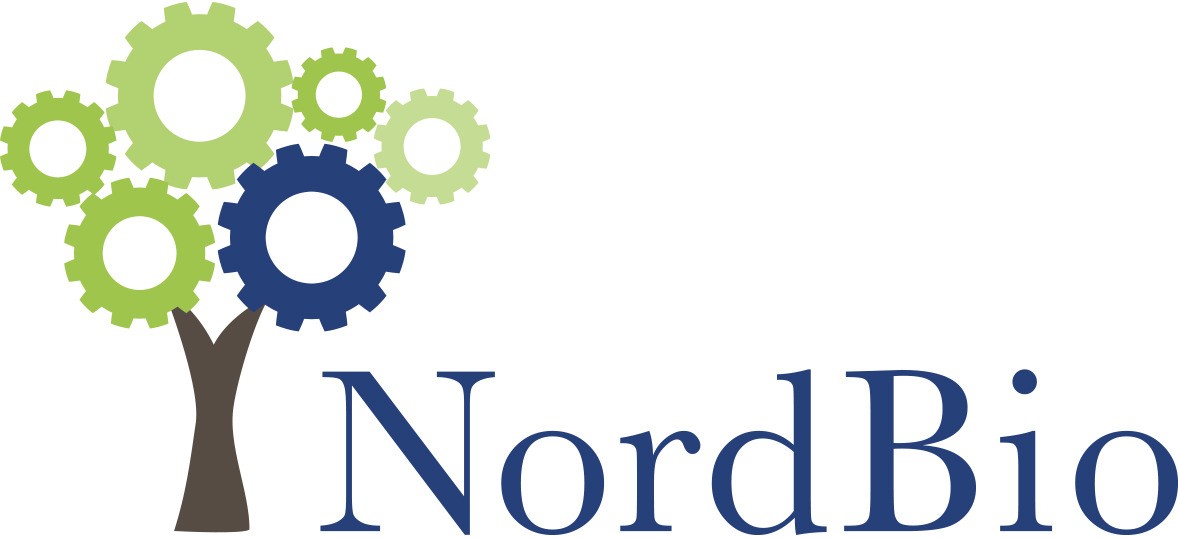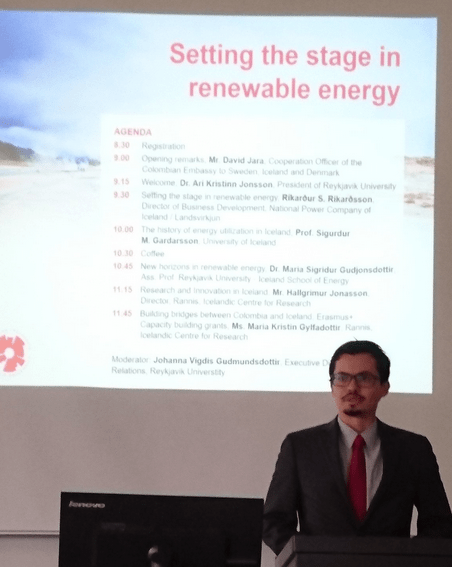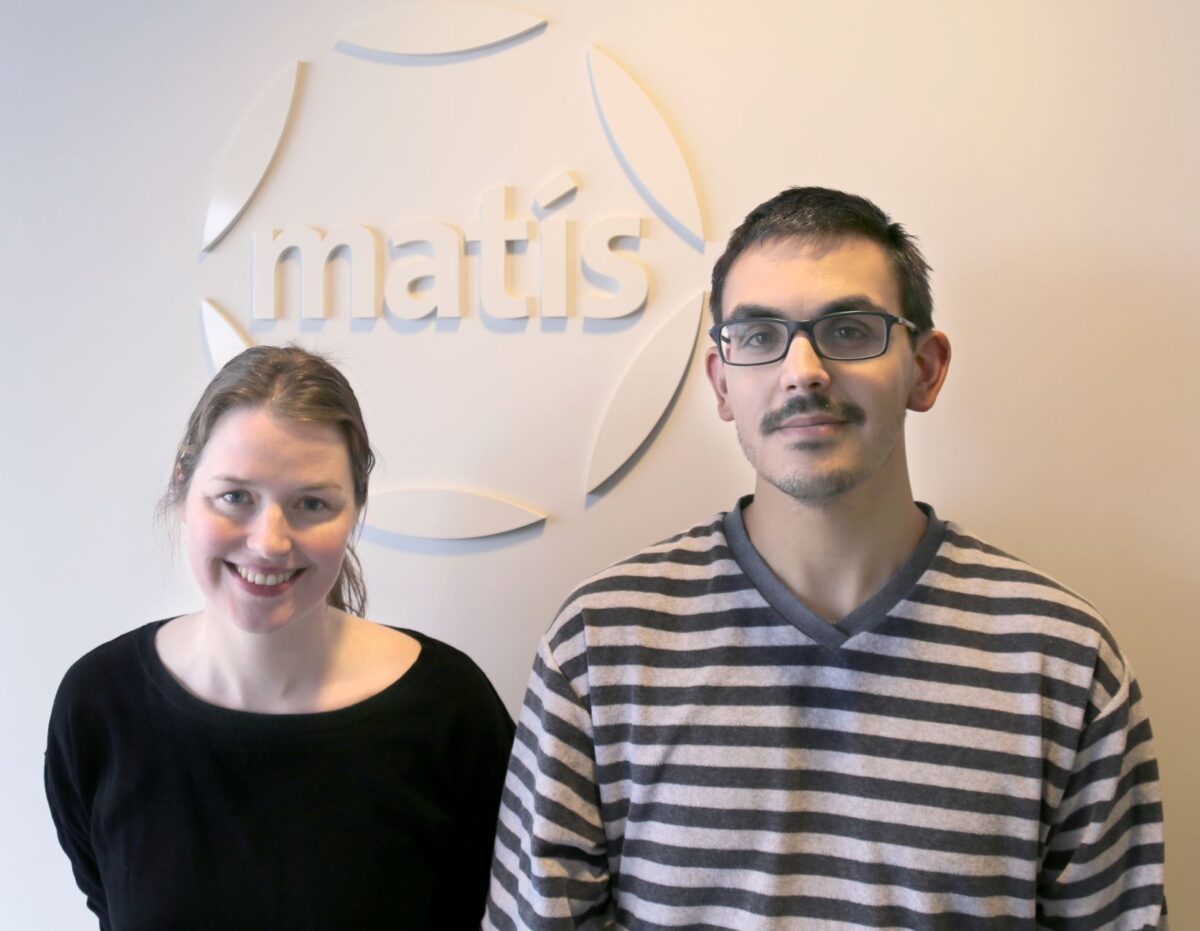Several lectures / defenses related to Matís will be held this week. There are four M.Sc. lectures and one doctoral defense, but Paulina Elzbieta Wasik will defend her doctoral dissertation on Friday at 13.
Doctoral dissertation in food science - Paulina Elzbieta Wasik
When does this event start: September 30, 2016 - 1:00 p.m.
Event location: AðalbyggingFurther location: Hátíðasal
Paulina Elzbieta Wasik is defending her doctoral dissertation in food science at the Faculty of Food and Nutrition, entitled: Maximizing the quality of frozen mackerel products - Quality optimization of frozen mackerel products
Opponents are dr. Judith Kreyenschmidt, Professor at the University of Bonn, and Santiago Pedro Aubourg Martínez, Professor at the Marine Research Institute (IIM), part of The Spanish Research Council (CSIC).
The supervising teacher was Sigurjón Arason, professor at the Faculty of Food and Nutrition, University of Iceland, but the supervision was in the hands of Sigurjón and dr. María Guðjónsdóttir, associate professor at the same department. In addition to them, the doctoral committee, dr. Magnea Guðrún Karlsdóttir, director of Matís, and dr. Hörður G. Kristinsson, research director at Matís and associate professor at the University of Florida.
Dr. Þórhallur Ingi Halldórsson, professor at the Faculty of Food and Nutrition, University of Iceland, will chair the ceremony.
The dissertation is based on work done in collaboration between Matís and the University of Iceland with the companies Skinney Þinganes, Hraðfrystihúsið Gunnvöra, Samherji, Síldavinnsluna, HB Grandi, Ísfélag Vestmannaeyja, and Thor-Ice with the support of AVS Rannsóknasjóður í sjávarútvegi.
Summary of study
Fishing for mackerel in significant quantities off the coast of Iceland began almost ten years ago. In the first years, most of the catch went to fishmeal and fish oil processing, but only a small part of it went to human consumption. In order to increase the value of the catch, a larger part of it must be used for human consumption, and in order for this to happen, it is important to find ways to improve the shelf life of mackerel in cold storage. high percentage of omega n-3 / n-6 but the content and stability of fat in mackerel varies over the fishing season. Fat stability depends on the fat and chemical content of mackerel and the results show that fatty mackerel is more sensitive to fat oxidation (degradation) and enzyme degradation.
Prolonged storage in freezers causes mackerel products to crave and the quality to deteriorate. Fat oxidation and enzyme degradation (PV and TBARS formation and FFA formation) are significantly less in mackerel stored at -25 ° C, compared to the storage temperature -18 ° C. In addition, there is less risk of release and the texture of products is better preserved at lower storage temperatures.
There is more enzyme activity in whole frozen mackerel compared to gutted and decapitated. On the other hand, gutted and decapitated mackerel is more deformed in processing and storage than the brain. It should be noted that it is important to choose mackerel with the right properties and the right processing method to get a product with certain properties.
It is preferable to store mackerel products in cold storage at -25 ° C rather than -18 ° C and under stable storage conditions to ensure the quality of frozen mackerel products. The mackerel that is caught off the coast of Iceland and frozen in valuable products such as canned and hot smoked can be used.
About the doctoral dissertation
Paulina E. Wasik was born in 1987. She graduated with a BSc in Biotechnology in 2009 from the University of Warmia and Mazury in Olsztyn, Poland. Three years later, in 2012, Paulina completed an MSc degree in food science from the Faculty of Food and Nutrition at the University of Iceland and enrolled the same year in doctoral studies at the faculty. After graduating with a bachelor's degree, Paulina began working in research at Matís, where she still works today. Her field of research is as mentioned above in the field of storage and freshness of fish products. Paulina is married to Piotr Wasik and her parents are Barbara Romotowska and Krzysztof Romotowski.
Matvælafræði - MS lecture - Hildur Inga Sveinsdóttir
When does this event start: September 29, 2016 - 2:00 p.m.
Further location: Matís - Vínlandsleið 12, room 312Effects of bleeding conditions and storage methods on the quality of cod (Effects of bleeding conditions and storage method on the quality of Atlantic Cod).
The results of the project show that cooling during bleeding could cause the fillets to become redder. As the color of the fillet is an important factor in its quality and valuation, it is not advisable to start the cooling process in a bleeding tank. The change in temperature had a greater effect on unsalted fillets than lightly salted ones. The presence of any movement on the bleeding medium affects the bleeding performance. The results of experiments showed that, to a certain extent, bleeding in a moving bleeding medium could be more productive than bleeding in still water. They also indicated that the amount of exercise on the bleeding medium may have a greater effect on the rate at which the medium is renewed.
Supervisors: Sigurjón Arason professor at the Faculty of Food and Nutrition and chief engineer at Matís Magnea G. Karlsdóttir project manager at Matís and Sæmundur Elíasson doctoral student at the University of Iceland.
The master's thesis is based on work carried out in collaboration between Matís and the University of Iceland with the companies FISK Seafood, Samherji, HB Grandi, Iceprotein, 3X Technology and Skagann with the support of Nordic Innovation, AVS Fisheries Research Fund and Tækniþróunarsjóður.
Examiner: Dr. Kristín A. Þórarinsdóttir food scientist at Marel.
Matvælafræði - MS lecture - Inga Rósa Ingvadóttir
When does this event start: September 29, 2016 - 1:00 p.m.
Further location: Matís - Vínlandsleið 12, room 312
Stability of lightly salted cod fillets (Gadus morhua) in frost - Factors affecting stability and product variability. (Stability of lightly salted cod fillets (Gadus morhua) during frozen storage - Factors affecting the stability and product variability).
The main results were that light salting increased the stability of the cod fillets, but these results are very positive for producers of lightly salted cod fillets as they are always competing to extend the shelf life of fish products. The product variability of lightly salted cod fillets on the market is very large, but further research is needed to understand the variables that have the greatest effect on this variability.
Supervisors: Sigurjón Arason Professor at the Faculty of Food and Nutrition and Chief Engineer at Matís and Magnea G. Karlsdóttir Project Manager at Matís.
The master's thesis is based on work carried out in collaboration between Matís and the University of Iceland with the companies FISK Seafood, Hraðfrystihúsið Gunnvöra, Nesfisk and Jakob Valgeir with the support of the AVS Fisheries Research Fund.
Examiner: Dr. Kristín A. Þórarinsdóttir food scientist at Marel.
Auction system for fish markets - Needs analysis of the auction system and preparation of a forecast model for auction prices
When does this event start: September 29, 2016 - 11:00
Further location: Matís - Vínlandsleið 12, room 312
Bjarni Rúnar Heimisson gives a lecture on his project for a master's degree in computational engineering. The name of the project is Auction system for fish markets - Needs analysis of the auction system and the creation of a forecast model for auction prices.
Abstract
The auction system of fish markets caused a revolution in the sale of fish in Iceland when it was introduced and it was a matter of great interest to fishermen and fishing companies in Iceland. Although various measures have been taken to improve the information flow and transparency of the system with a new information system and website, supply still seems to be the factor that has the greatest impact on price formation, which means that fishermen and fishing companies do not seem to be rewarded for improved handling.
The aim of this project was to find the items that should be included in the auction description of fish auctions but are not present. A needs analysis was carried out where, among other things, interviews were conducted with various stakeholders in the auction system. A linear regression analysis was also performed on real data obtained from Reiknistofa fiskmarkaði hf. and this data is then analyzed to find out which factors are the most influential in the price of a fish auction.
It turned out that stakeholders pointed out a number of factors where information provision in the fish market auction system could be improved. The accuracy of the forecast model obtained is limited as more factors affect the price than are stated in the auction description.
Supervisors: Ólafur Pétur Pálsson Professor at the Faculty of Industrial Engineering, Mechanical Engineering and Computer Science at the University of Iceland, Sigurjón Arason Professor at the Faculty of Food and Nutrition at the University of Iceland and Chief Engineer at Matís and Magnea G. Karlsdóttir Project Manager at Matís.
The master's thesis is based on work done in collaboration between Matís and the University of Iceland at Reiknistofa fiskmarkaður, HB Grandi, Nýfisk, and Toppfisk with the support of AVS Rannsóknasjóður í sjávarútvegi. Examiner: Daði Már Kristófersson, professor and president of the School of Social Sciences at the University of Iceland.
Processing, transport and storage of frozen herring - Temperature changes
When does this event start: September 28, 2016 - 10:30
Further location: Matís - Vínlandsleið 12, room 312
Finnur Jónasson will give a lecture on his project for a master's degree in industrial engineering. The name of the project is Processing, transport and storage of frozen herring - Temperature changes.
Abstract
In this project, temperature changes in herring were examined through land processing and transport from Iceland to cold storage abroad. As the temperature of fish products has the greatest effect on the shelf life and quality of products, it is necessary to map the temperature profile of herring throughout the process. Measurements were made when block-frozen herring was transported abroad by both freezer vessels and freezer containers. When the product was transported by freezer ships, there was a heat load during both shipping and unloading. The temperature in the freezer vessels remained steady, contrary to expectations, but was not set at a sufficiently low temperature during transport.
Supervisors: Gunnar Stefánsson Professor at the Faculty of Industrial Engineering, Mechanical Engineering and Computer Science at the University of Iceland, Sigurjón Arason Professor at the Faculty of Food and Nutrition at the University of Iceland and Chief Engineer at Matís and Magnea G. Karlsdóttir Project Manager at Matís.
The master's thesis is based on work carried out in collaboration between Matís and the University of Iceland at Síldarvinnslan and Samherji with the support of the AVS Fisheries Research Fund.
Examiner: Jón Heiðar Ríkharðsson, mechanical engineer.


